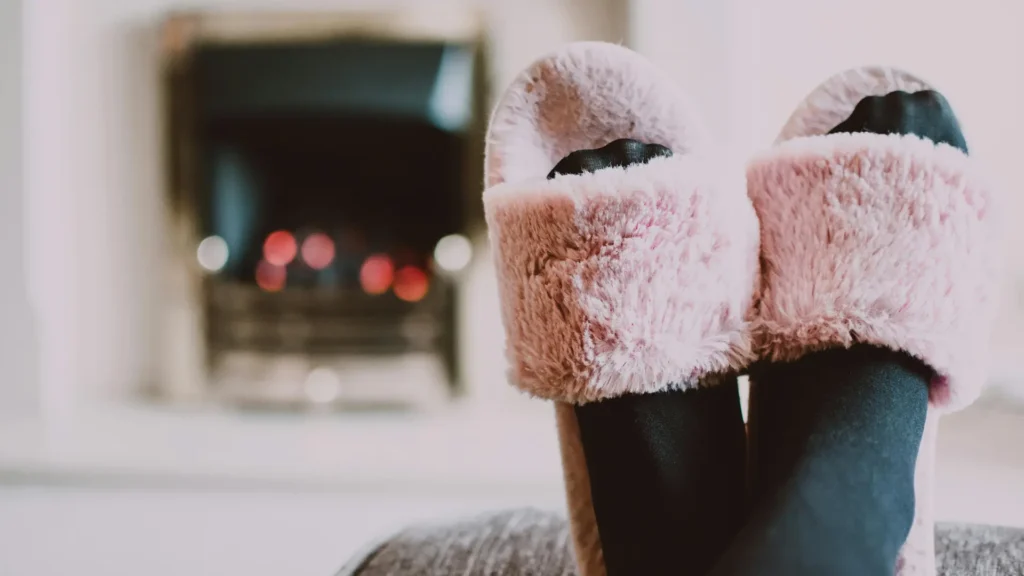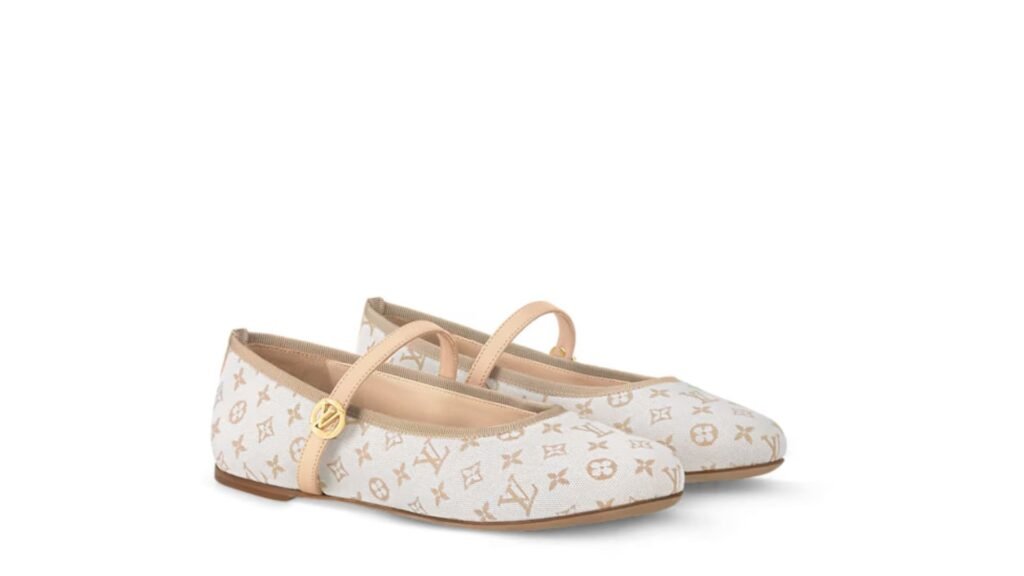Finding the perfect pair of shoes for wide feet feels like a treasure hunt. Poorly fitted shoes cause blisters, calluses, plantar fasciitis and bunions. But with the right approach, you can discover shoes that blend comfort, and support for your wider feet.
Know Your Foot Measurements Inside and Out
Understand your feet. Length is only half the equation—width is equally critical.
Visit a shoe store with a Brannock device, a metal tool that measures both length and width, or do it yourself at home.
To measure at home, stand on a piece of paper. Trace your foot with a pencil held vertically, and measure the widest part with a ruler.
Shoe widths are labeled as narrow (N or AA), medium (M or B), wide (W or D), and extra-wide (EW or EEE).
Knowing your exact size—say, a 9W instead of just a 9—narrows your search and prevents guesswork. Measure both feet, too. One foot might be slightly wider than the other.
Seek Out Wide-Friendly Brands
Not all shoe manufacturers prioritize wide feet.
New Balance is a standout. They offer wide and extra-wide footwear in athletic and casual shoes. Brooks designs sneakers with broader fits and excellent cushioning.
Clarks and Naturalizer provide wide-width collections that don’t skimp on style, while Vionic combines orthopedic support with wider designs.
SAS and Birkenstock cater to wide feet with sandals and loafers. Researching these brands—or checking their sizing charts online—can save you from endless trial and error.
A cramped toe box can turn a softest shoe into a torture device. Look for shoes with a rounded or square toe design. This gives your toes room to spread naturally.
Athletic shoes, casual loafers, and open-toe sandals excel here.
A good test? Press down on the toe area. If there’s no give or your toes feel restricted when you wiggle them, move on.
Choose Materials That Work With Wide Feet
Leather, suede, and breathable mesh tend to stretch over time. They mold to your foot’s shape for a custom fit.
On the flip side, stiff materials like patent leather, hard plastics, and rigid synthetics offer little flexibility and may dig into your feet. Avoid overly structured shoes with reinforced seams and inflexible uppers.
They’re less likely to accommodate your width. If you’re eyeing boots, opt for styles with elastic panels that can adapt as you break them in.
Test for Comfort
Trying on shoes isn’t just a quick slip-on-and-go moment—it’s a process. Wear the socks, insoles, and orthotics you’ll use daily to get a true sense of fit.
Since feet swell slightly throughout the day, shop in the late afternoon when your feet are at their widest. Walk around the store for at least five minutes.
Check for pressure points, rubbing, and pinching. Your toes should have wiggle room—about a thumb’s width of space between your longest toe and the shoe’s end. And your heel shouldn’t slip.
Shoes with customizable closures are a game-changer for wide feet. Laces, Velcro straps, buckles, and elastic bands let you tweak the fit to your liking.
Sneakers with laces offer precise control over tightness, while sandals with adjustable straps provide airflow and flexibility. Dress shoes with subtle buckles can adapt to wider areas.
Avoid fixed-width styles that leave no room for adjustment. They’re less forgiving on days when your feet need a little extra space.
Address Specific Foot Concerns
Wide feet come with high arches, flat feet, bunions, and hammertoes. These can complicate your shoe shopping. For high arches, seek shoes with cushioning and arch support; for flat feet, stability-focused sneakers might help.
Bunions need extra toe-box room to avoid irritation, while hammertoes benefit from soft uppers. If you’re unsure how these factors play into your shoe choice, a quick chat with a podiatrist can clarify your needs.
A podiatrist can analyze your foot shape, gait, and underlying conditions. They can offer personalized advice.
Specialty shoe stores often have fit experts who can guide you to the right brands and suggest modifications. Not all shoe brands cater to wide feet. Some brands specialize in creating shoes specifically for people with wide feet.
Ecco, Clarks, New Balance, and Naturalizer are known for their wide-width shoes. Additionally, Zappos and Nordstrom often carry a wide range of sizes and widths.
In rare cases, custom-made shoes from an orthotist might be the answer.
Even the perfect pair might need a little time to feel like home. Wear new shoes around the house for short stints before committing to a full day out. This lets the material soften and adapt to your feet. For leather shoes, a cobbler can stretch tight spots if needed.
Choosing shoes for wide feet is about empowerment. Armed with your measurements, a list of go-to brands, you can stride into any shoe store with confidence. It’s not just about avoiding pain—it’s about celebrating your unique feet with shoes that feel as good as they look.




